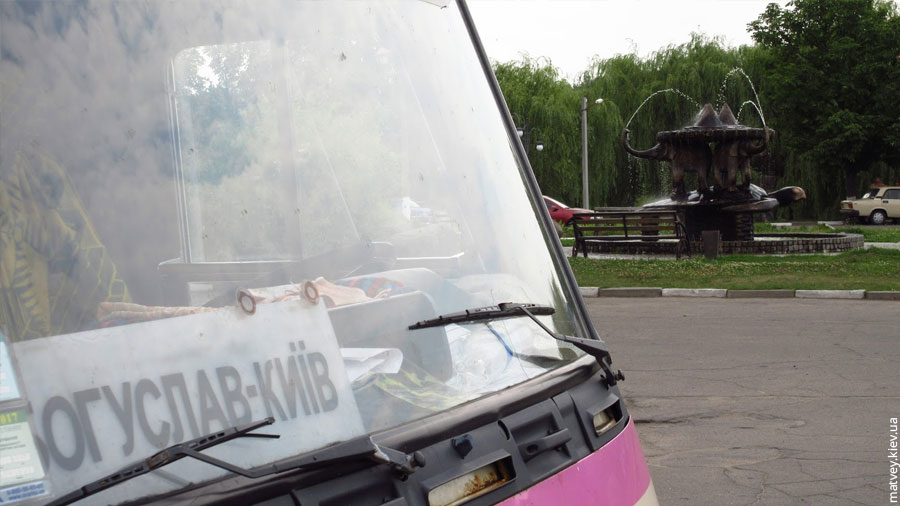The museum of writer Marko Vovchok was not interesting, unfortunately. Visiting it requires calling a phone number to summon the museum guide and waiting a little bit.
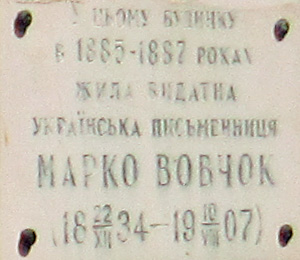
The museum of writer Marko Vovchok was not interesting, unfortunately. Visiting it requires calling a phone number to summon the museum guide and waiting a little bit.

It has the bust of the writer outside.
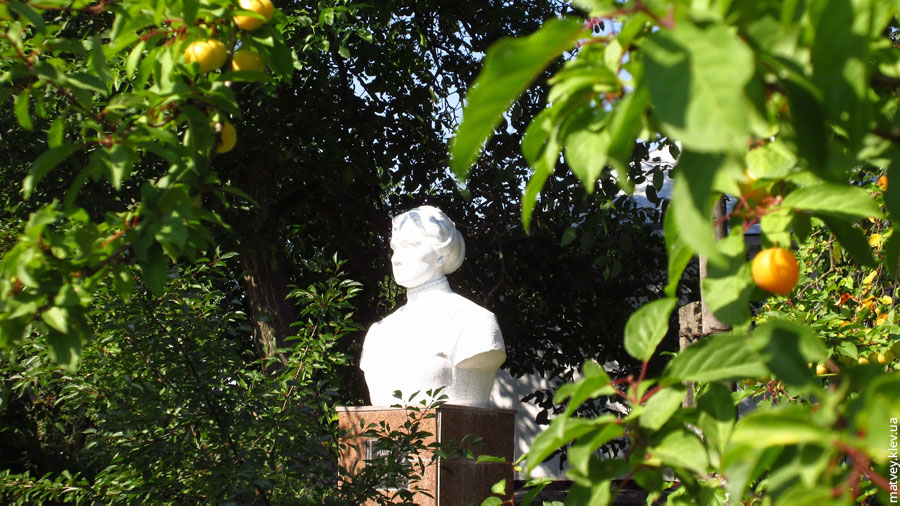
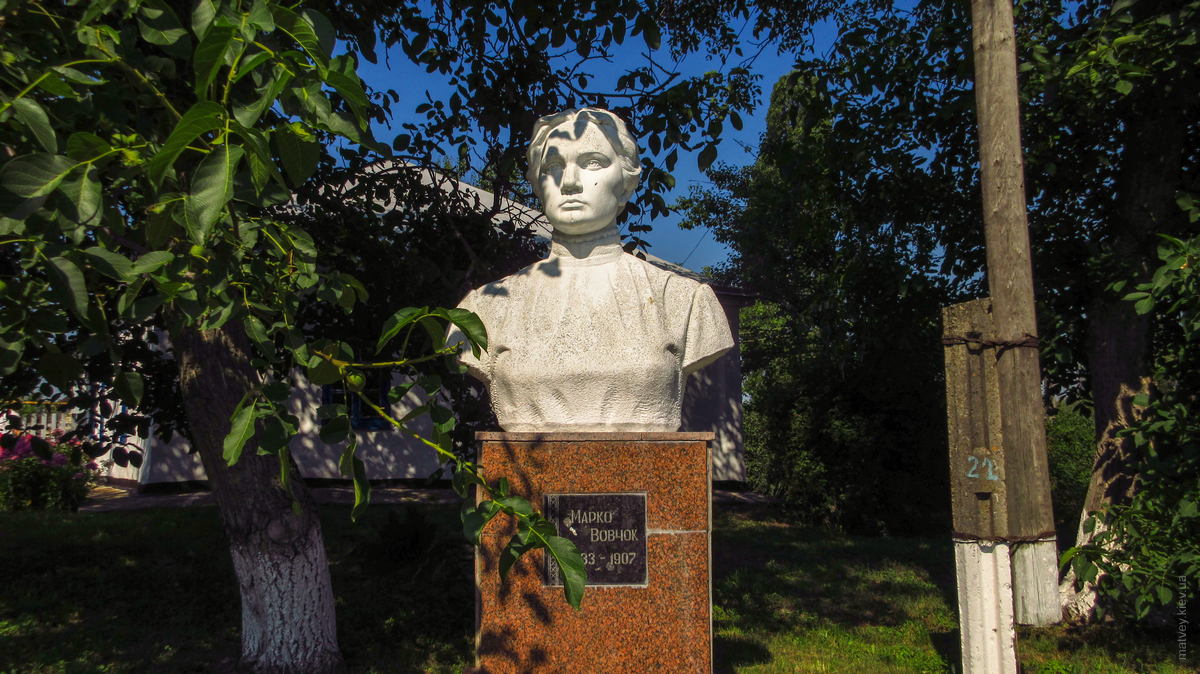
And another bust of her inside, with a quote.
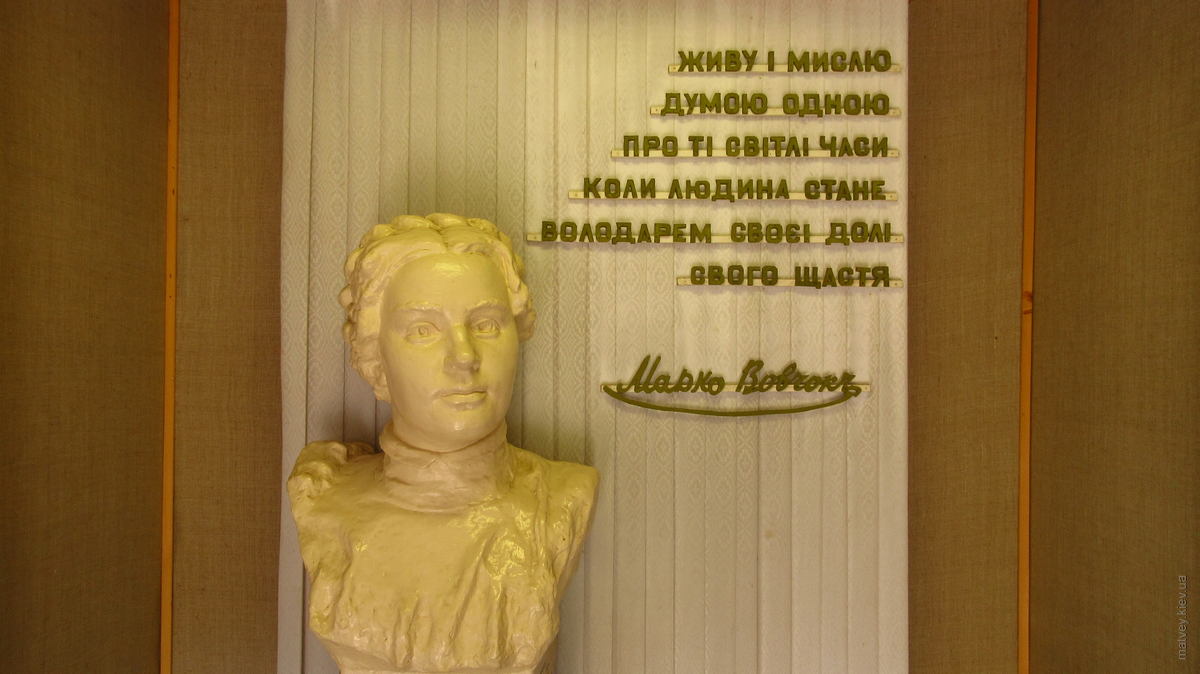
It looked as if there was no public transit in the town. People were using bicycles (yay!), taxi and passing suburban buses. Or, it was just me who somehow did not notice.
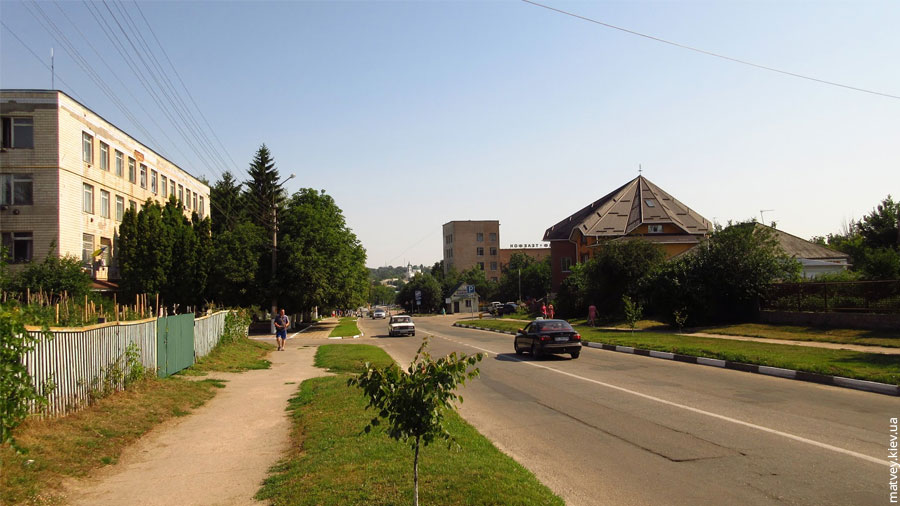
Bus stops did exist.
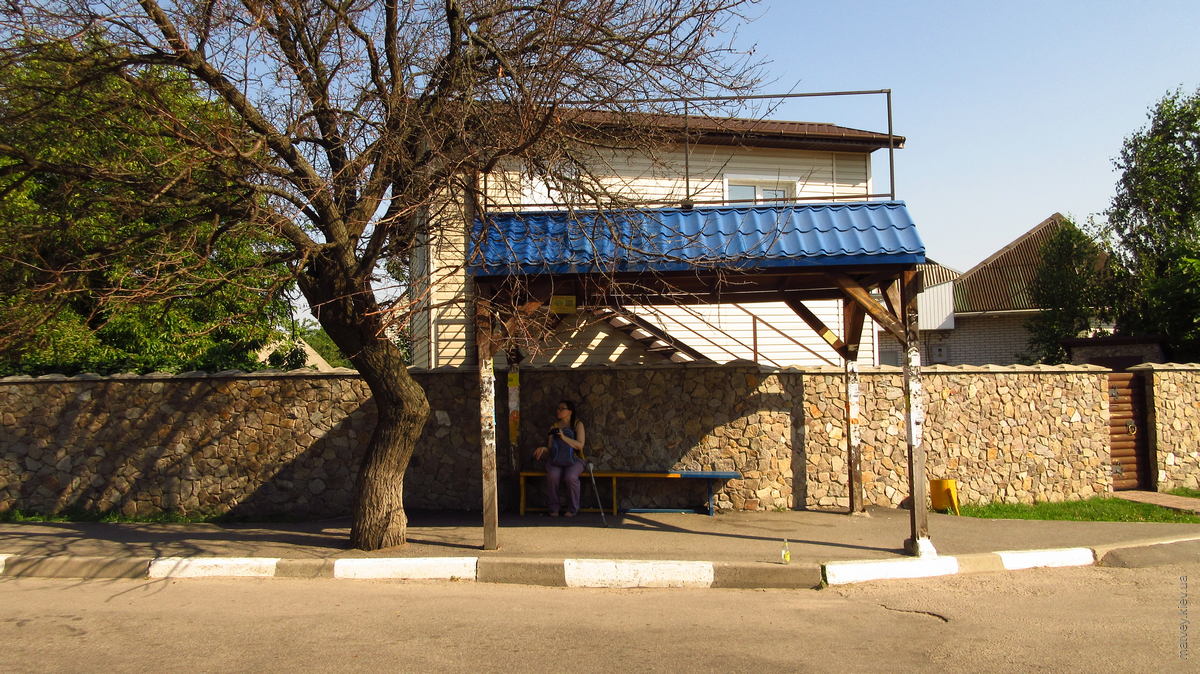
Walking the calm streets of Bohuslav was a relaxing retreat from the noise of Kyiv.
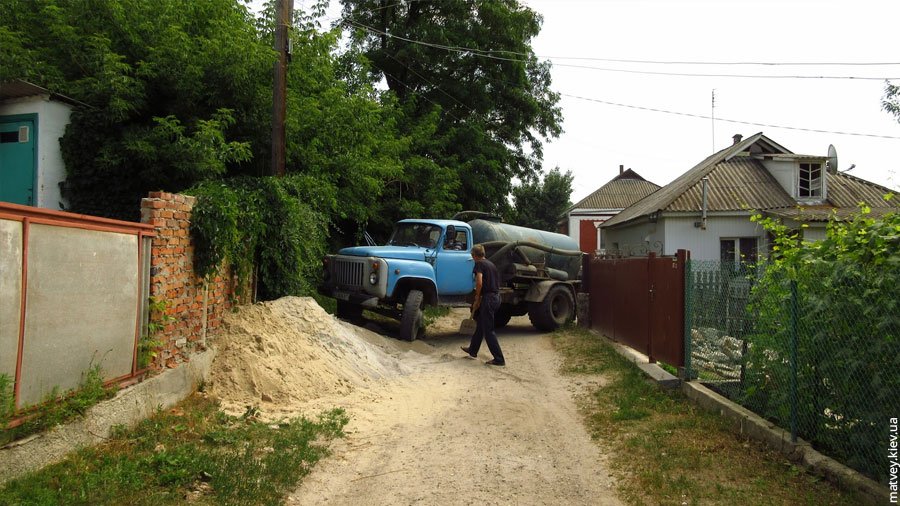
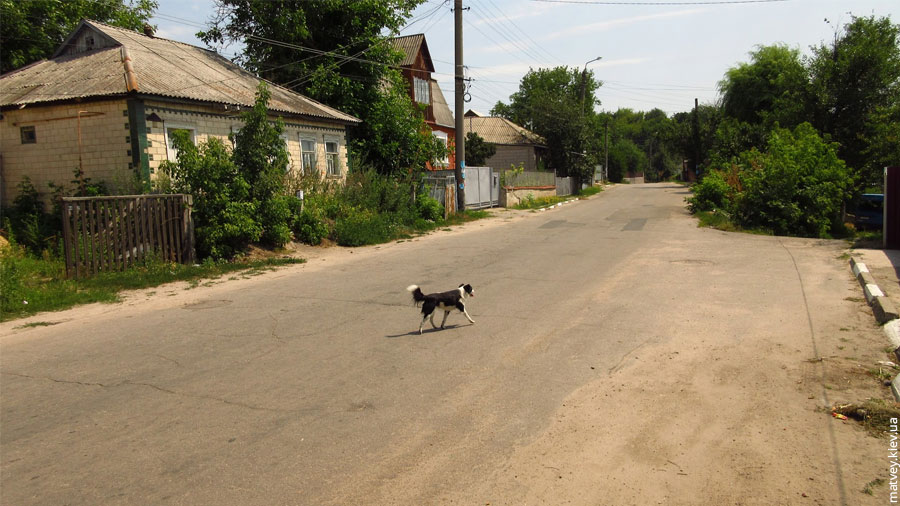
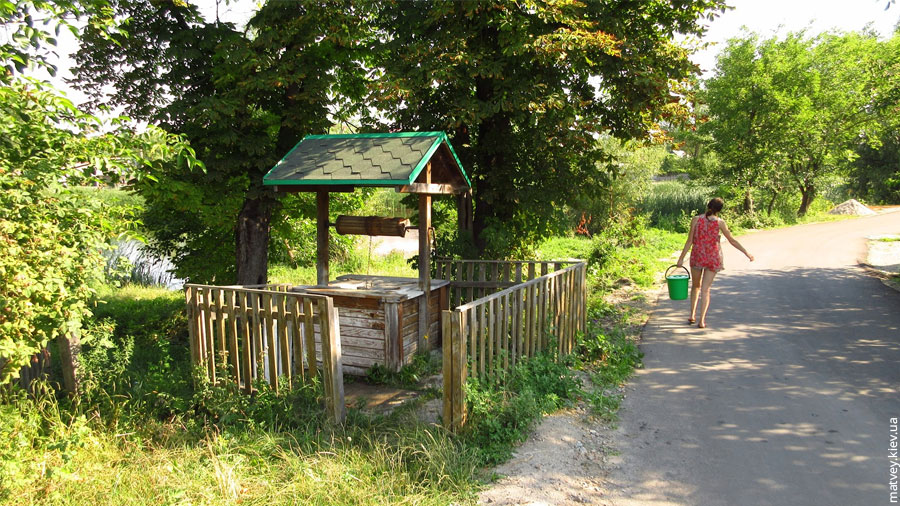
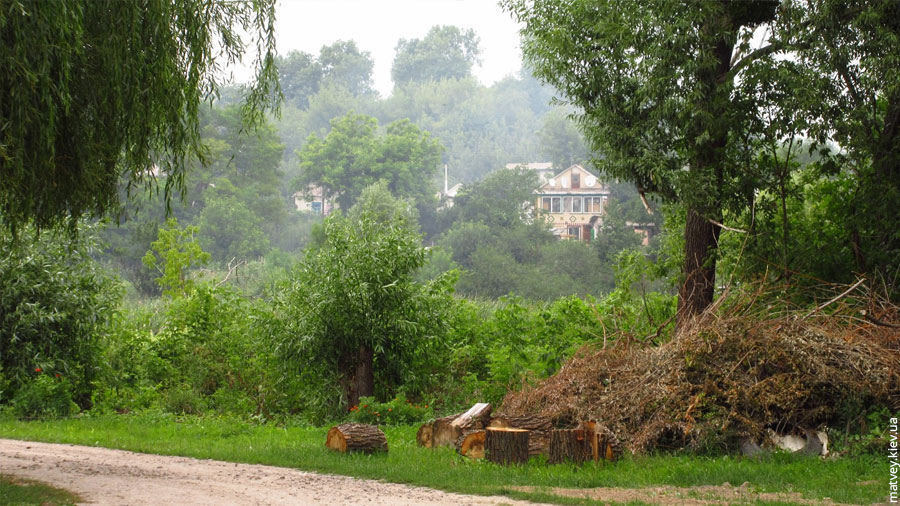
It was a moderately hot day. A lazy dog cooled off in the main shop of the town.
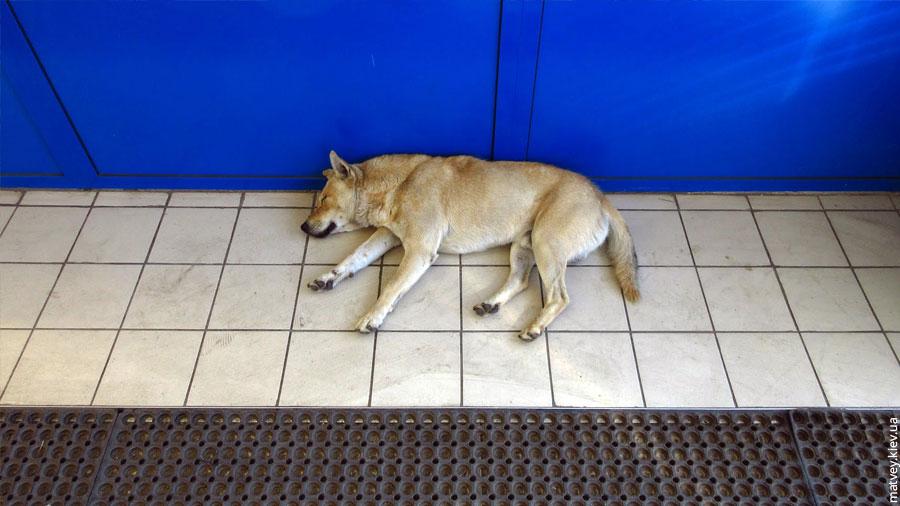
The bridge over Ros was bearing signs of decay on its sidewalk.
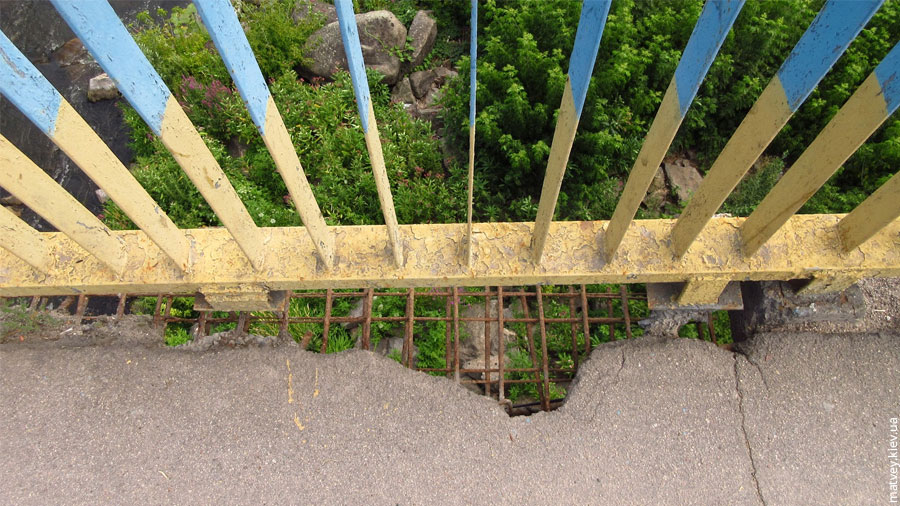
The rocky river Ros as viewed from the bridge.
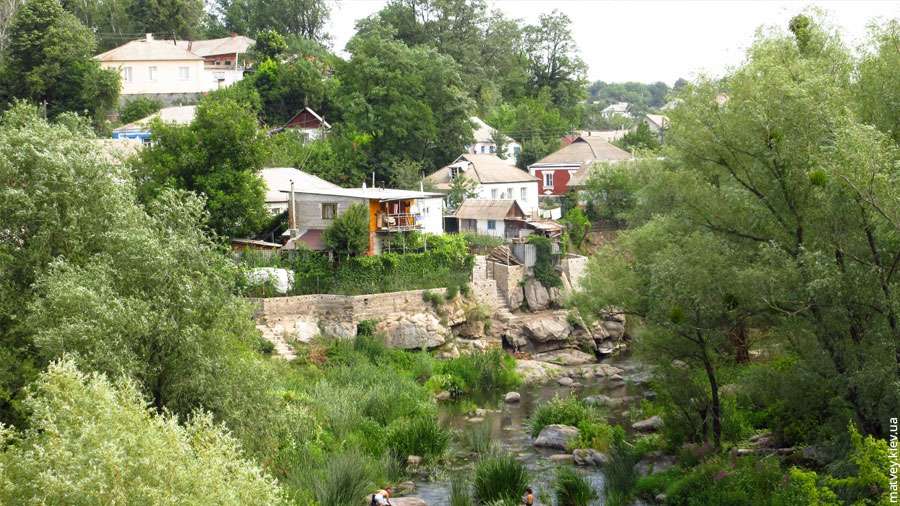
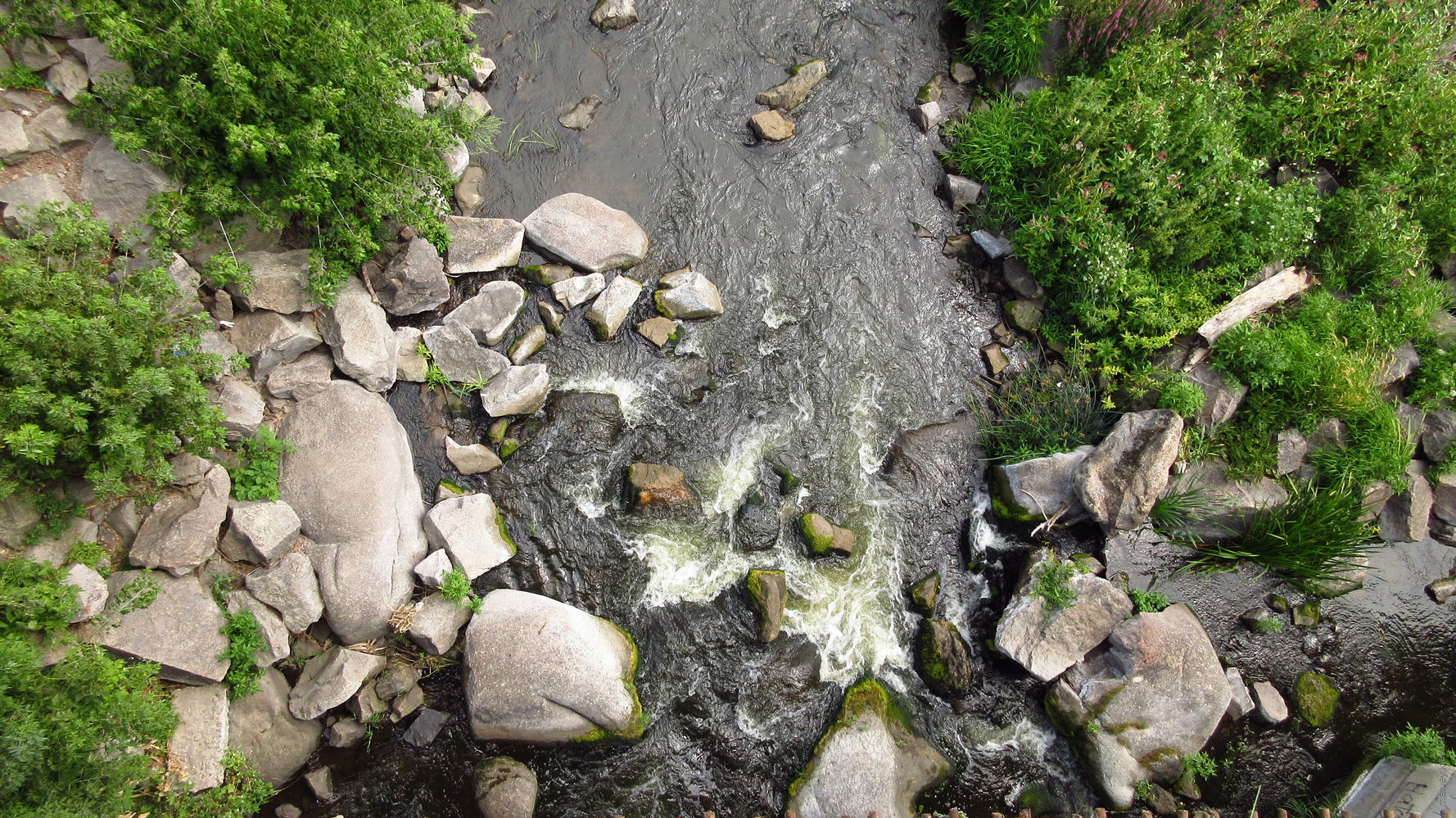
The main tourist attraction of Bohuslav is the outcropping of granite bedrock. It is a large area which includes all the visible granite around, but the map has the pin dropped over the place where people go bathing. They made some changes to the natural form of this granite, and are having fun.
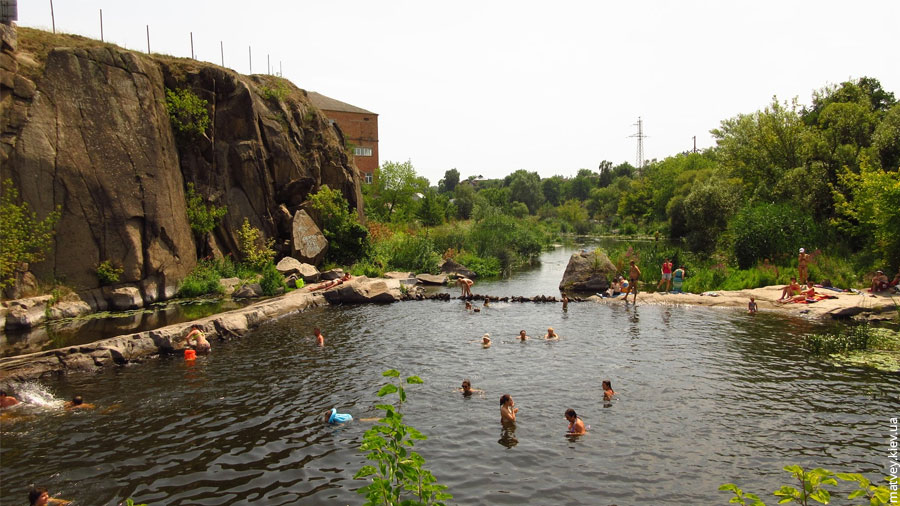
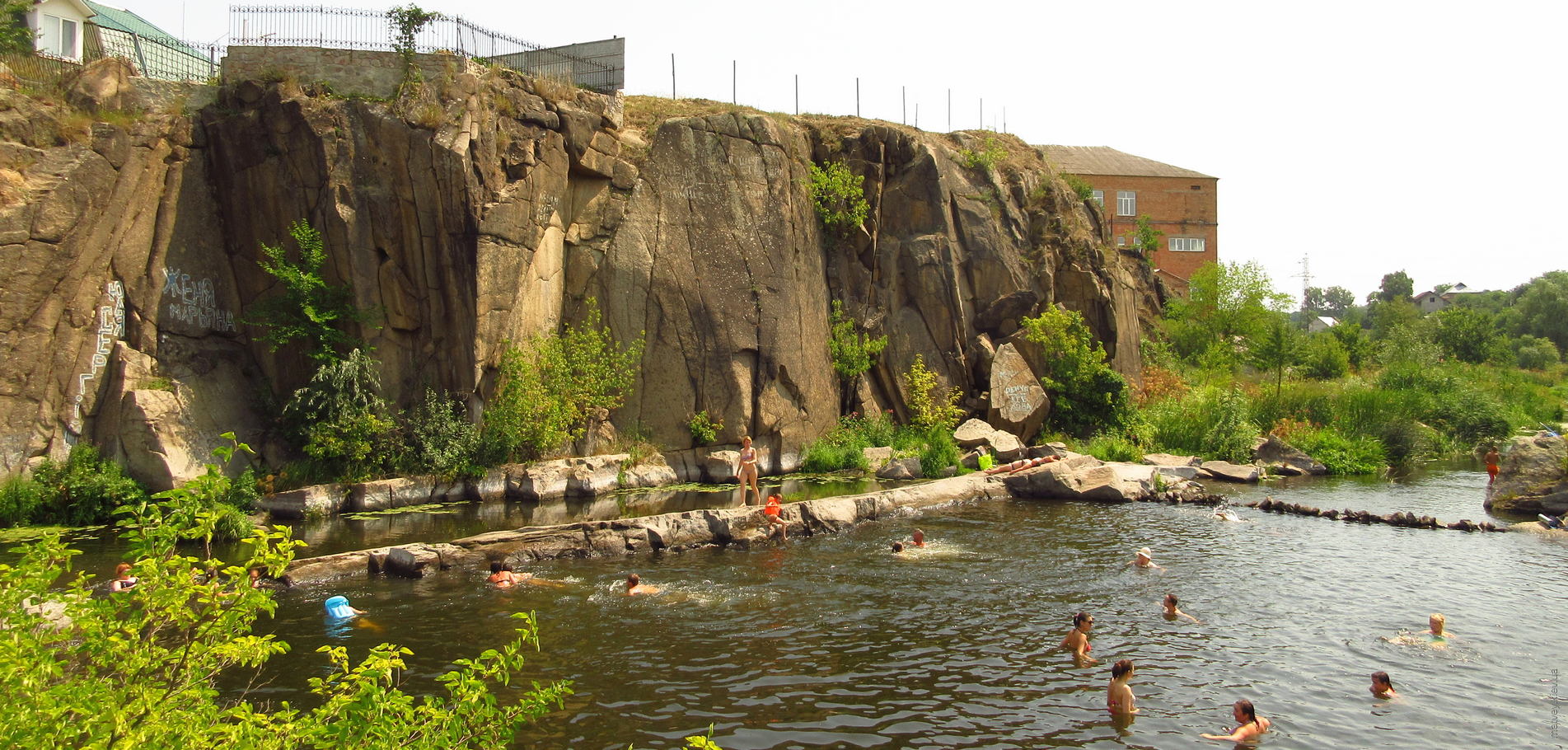
Stairs from the higher side of the river were one of many ways of getting to the bathing place.

The tiny footbridge from the high side to the low one.
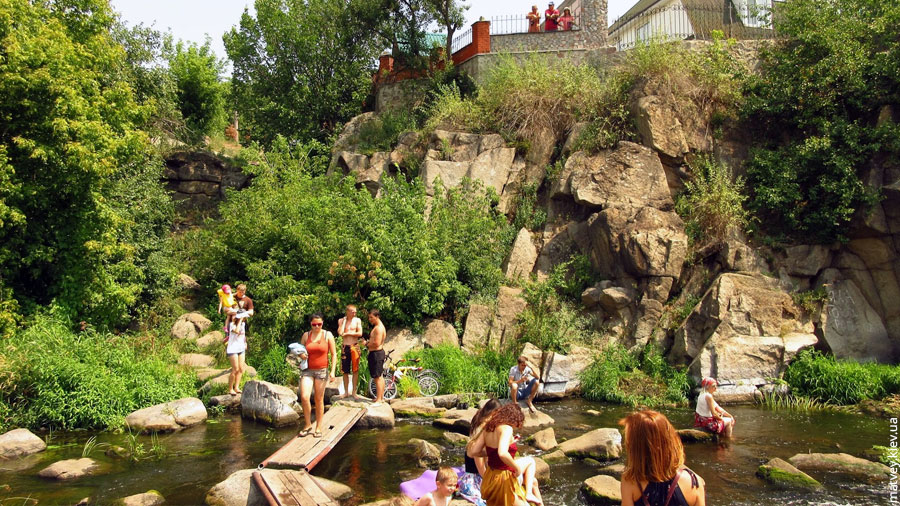
The other riverbank is actually an island. There were rocks and trails on it.
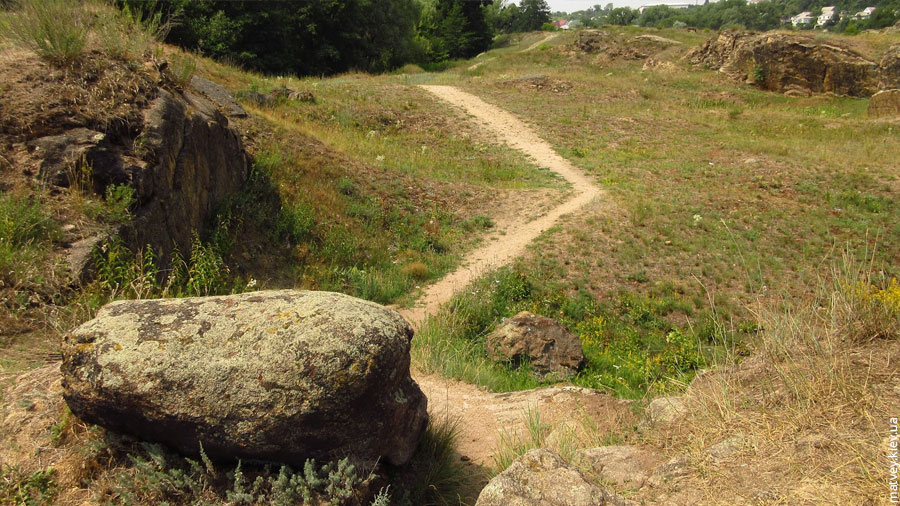
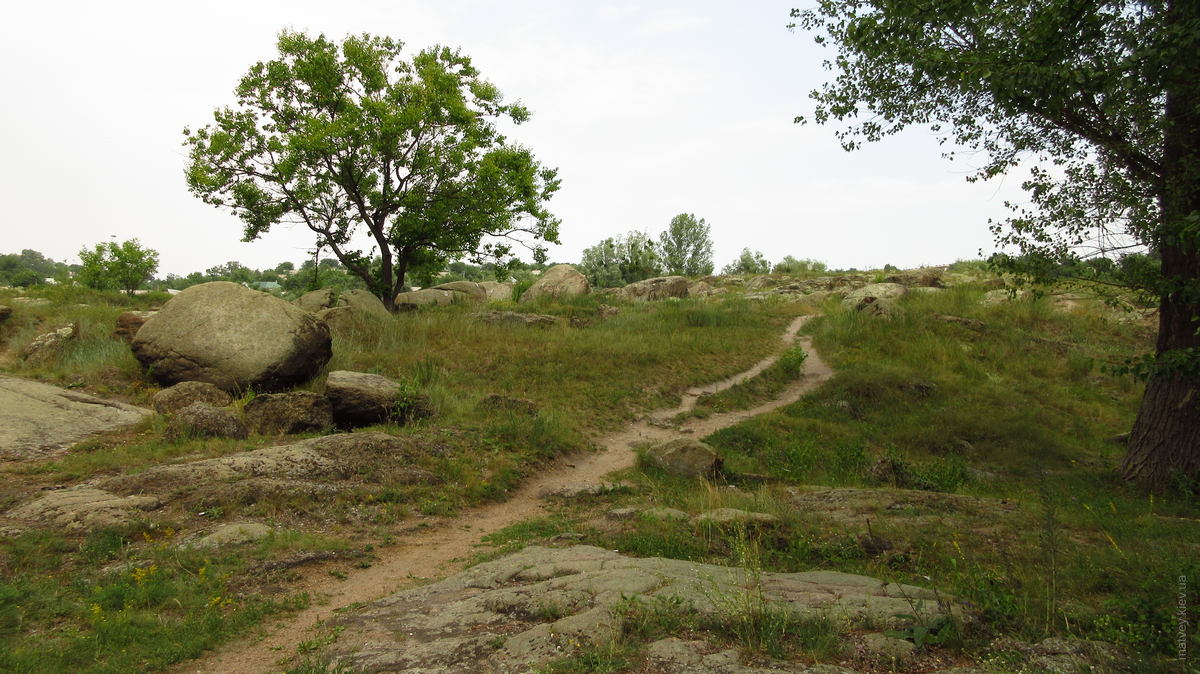
Rocks and trails.
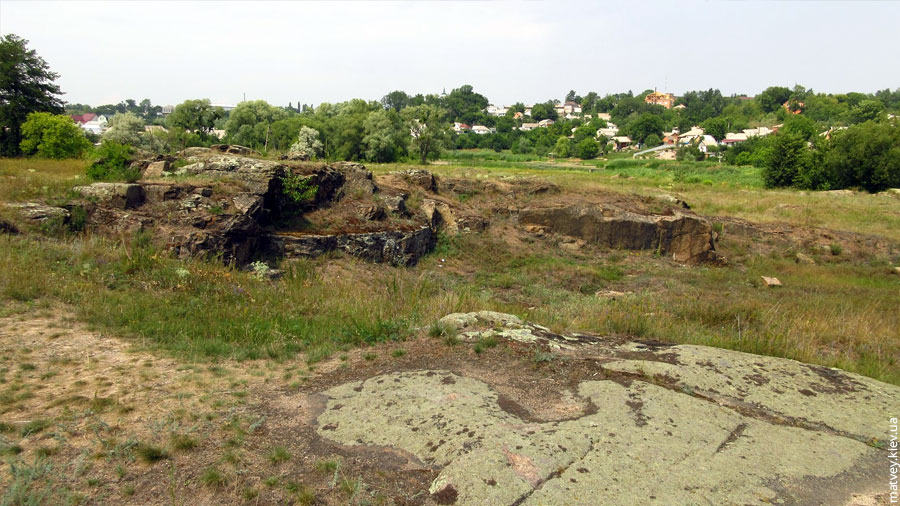
One of the trails led us to a stream.
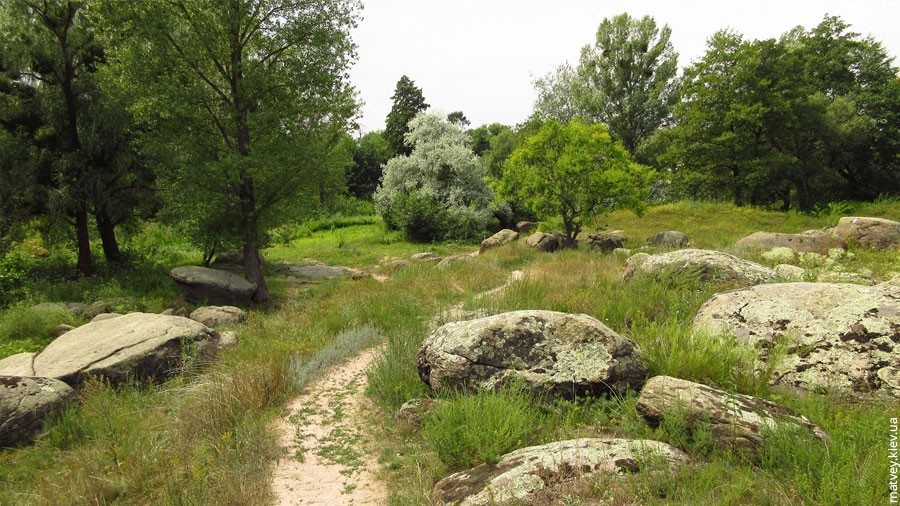
That stream is a branch of Ros. It is possible that it serves as a little bypassing canal, since there is a small hydropower plant nearby
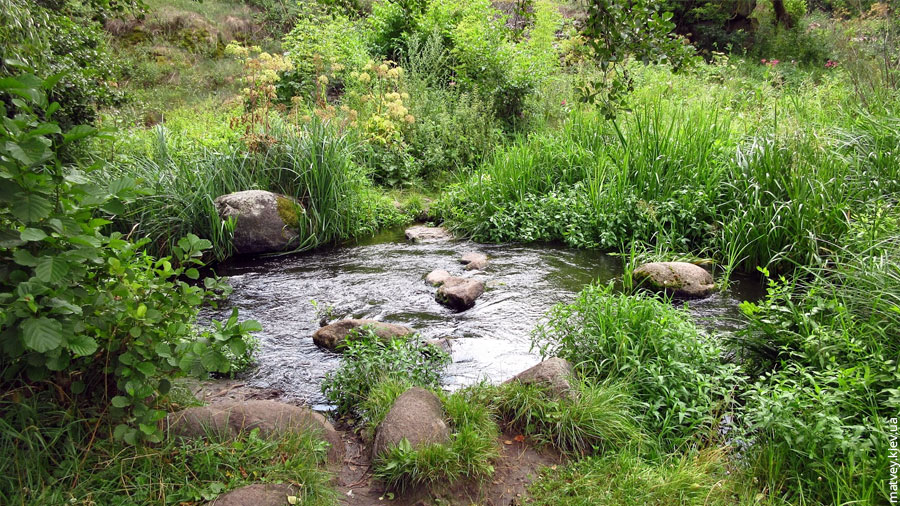
A canal to the hydropower station.
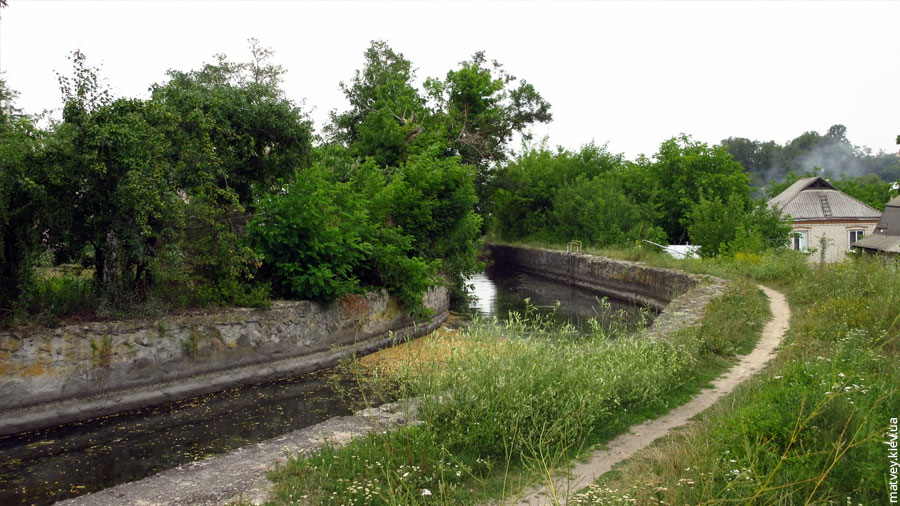
More water had to be crossed.
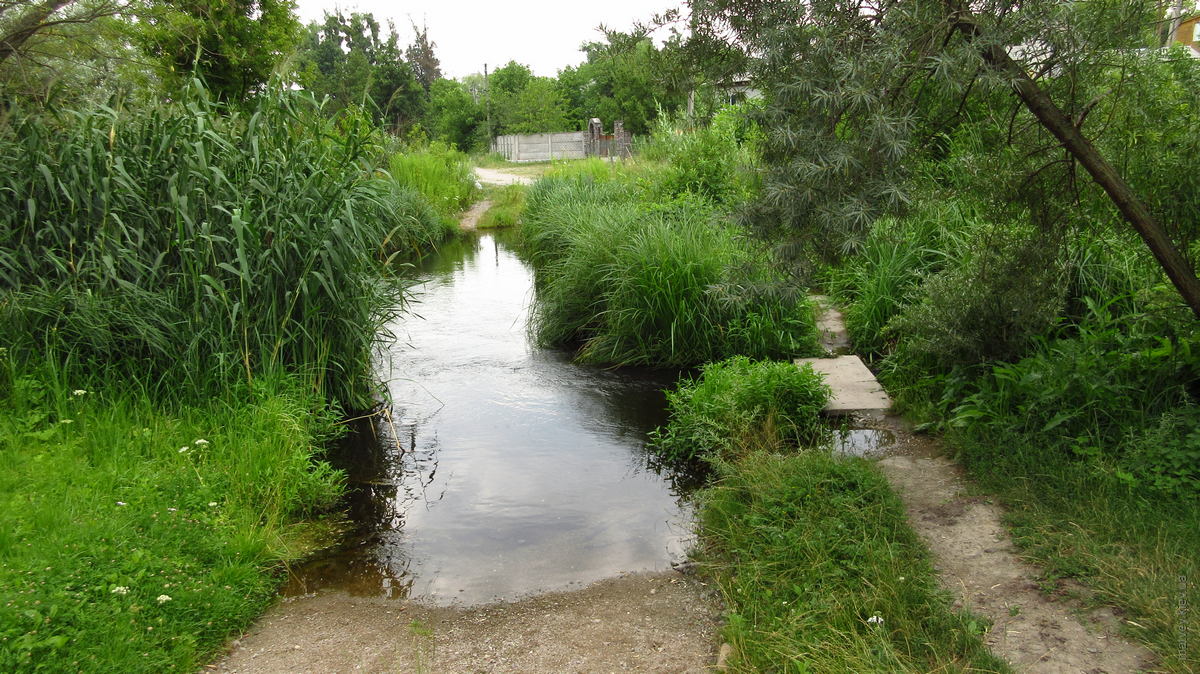
The Ostriv street. «Ostriv» means «Island» in Ukrainian.
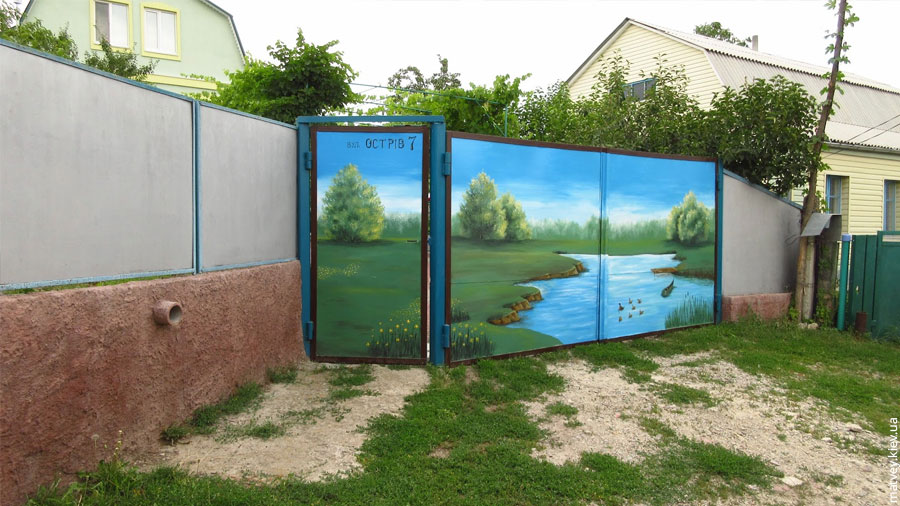
A monument to the folklore character Marusia Bohuslavka is standing on the island. Here it is from afar, with lots of rocks around:
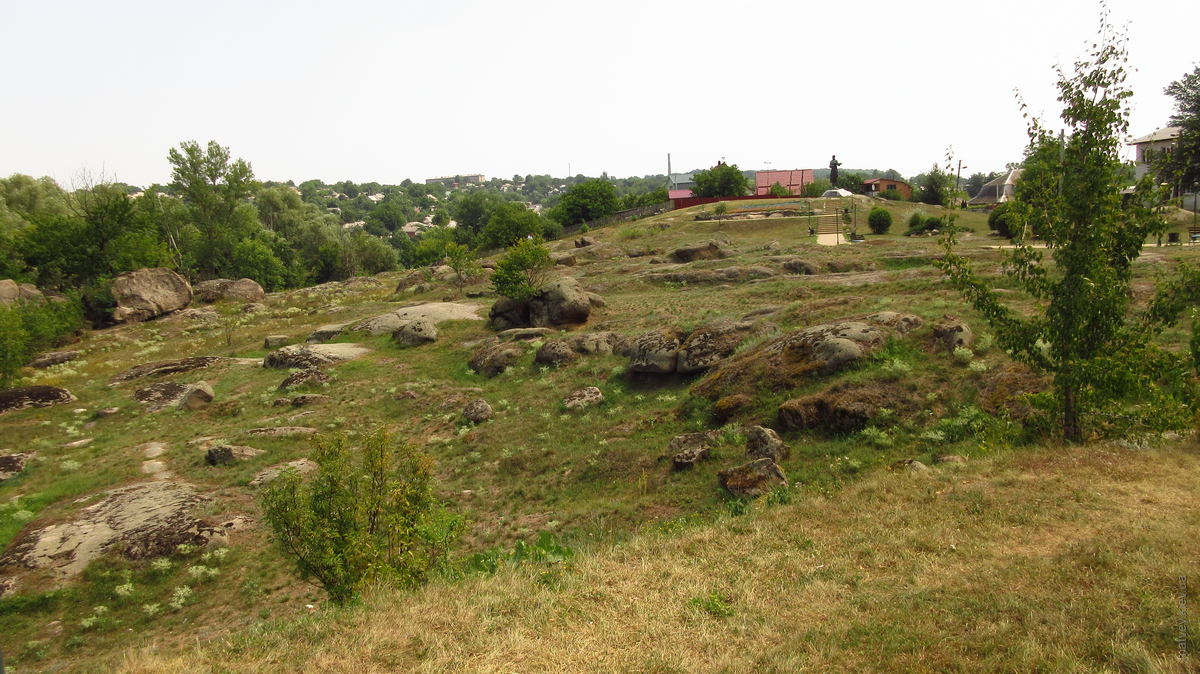
And from a closer distance:
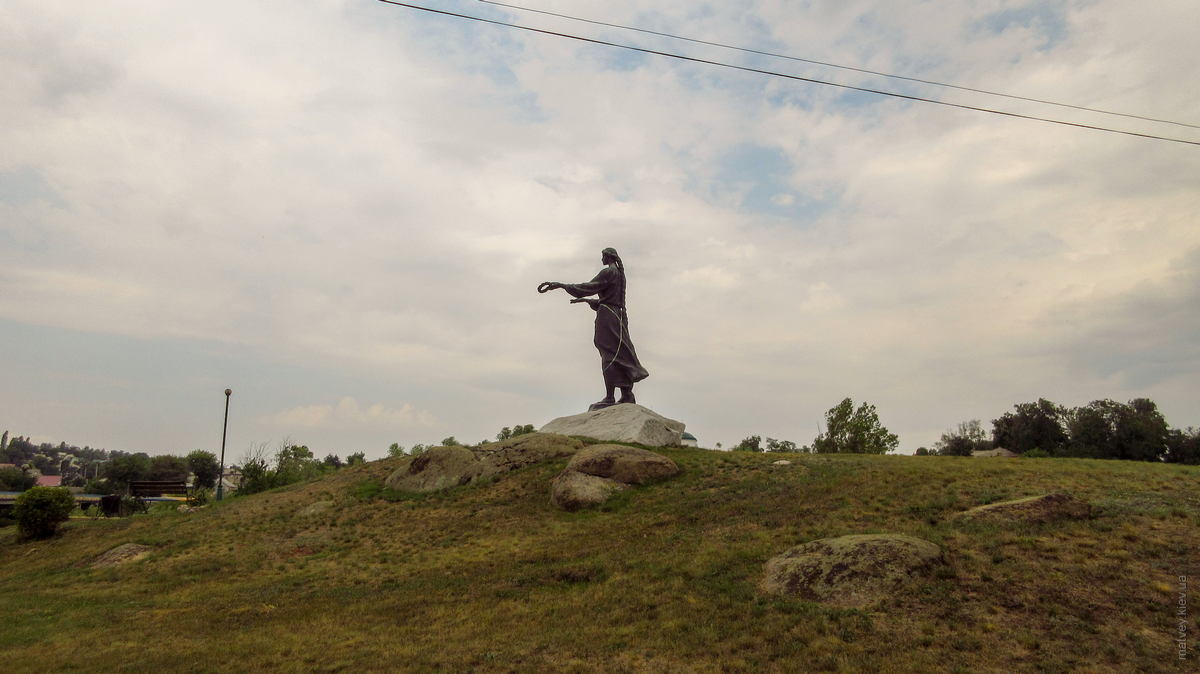
The bus station stands on this island. A fountain with three elephants bearing the names of little rivers and hills stands near the station.
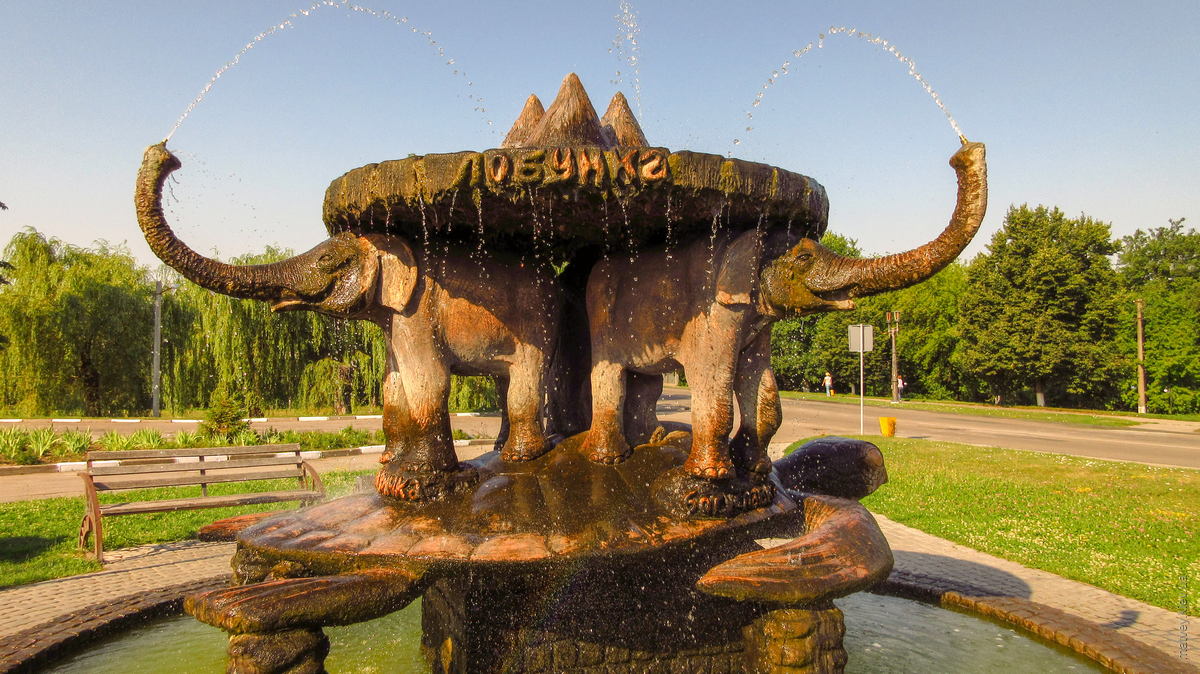
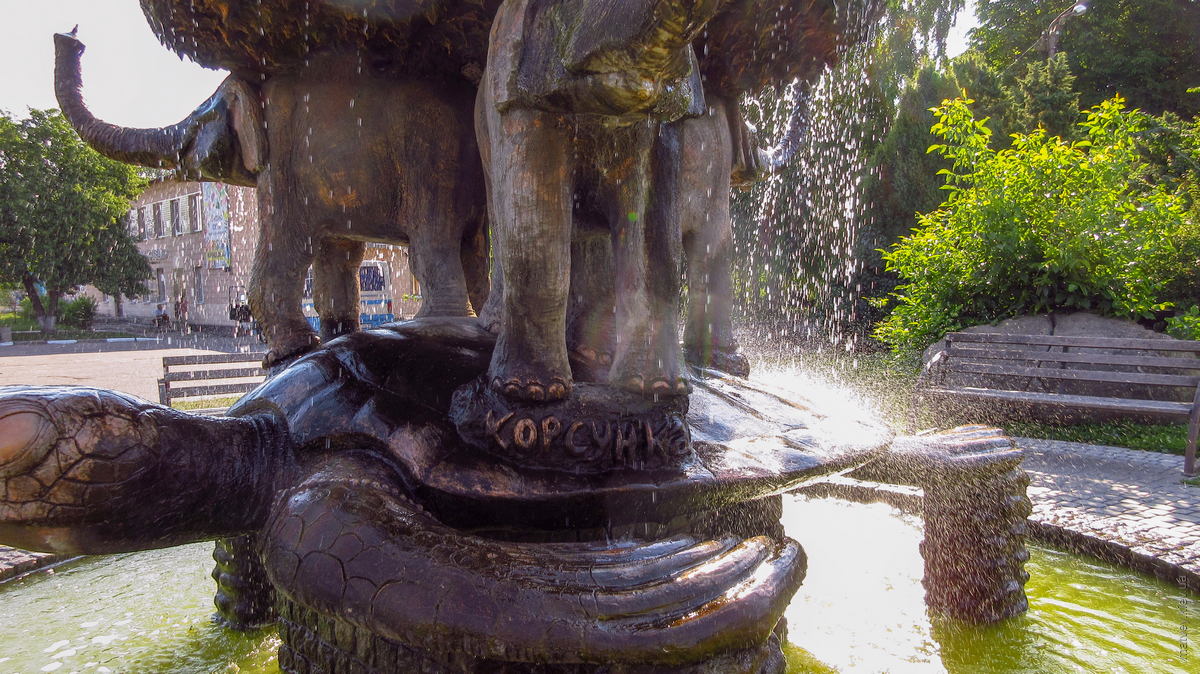
Dogs resting in the shadow of the waiting area.
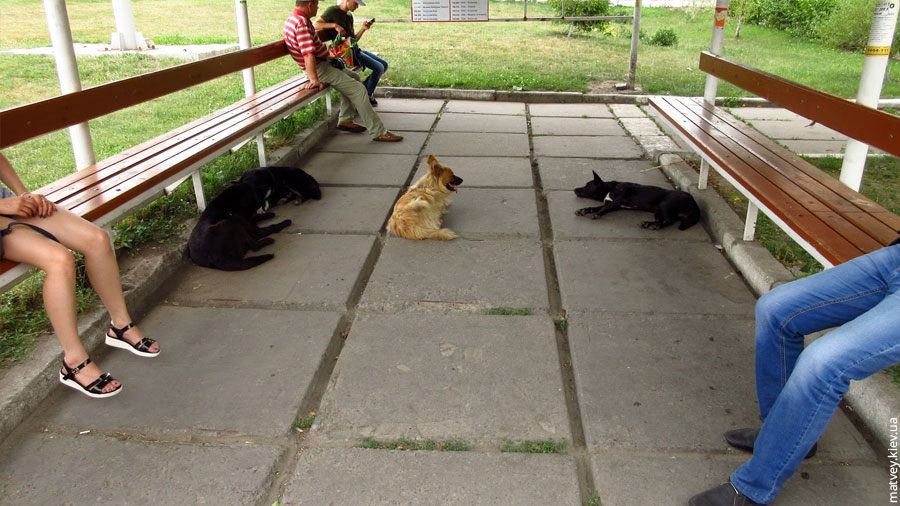
It took less than two hours to get back into the concrete ant colony of Kyiv.
